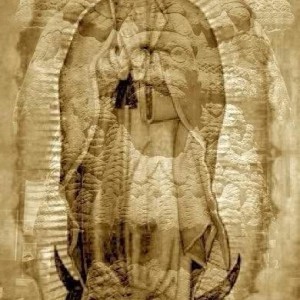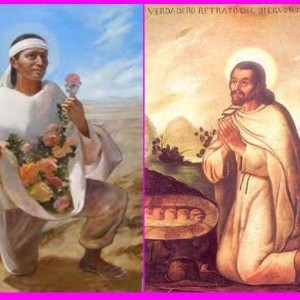La Virgen de Guadalupe or Tonantzin?
The tradition of bringing offerings to Tepeyacac, today known as Tepeyac, predates the Spanish by at least a thousand years.
Originally, it honored the winter solstice. Soon after the invasion of Mexico, Franciscan monks established a church on Tepeyac where once stood a temple honoring Mother Earth.
Tonantzin, which is often translated as “Mother Earth,” is Nahuatl for “Our Revered Mother,” a title used in much the same way ‘Nuestra Señora’ is today.
On December 9, 1591, a Nahuatl-speaking man by the name of Juan Diego Cuauhtlatoatzin is said by Catholic lore to have received an apparition from a woman who told him to tell the Friar to build a teocalli, a temple, in her honor on the hill. Soon after, a Catholic church was built there.
Experts and historians have long challenged this account, many seeing it as a myth created by the Catholic Church to covert Mexico’s Indigenous Peoples.
Religious scholars refer to the act of replacing spiritual sites and combining symbols and images as a means of religious conversion as spiritual synchronicity.
Image source unknown.




